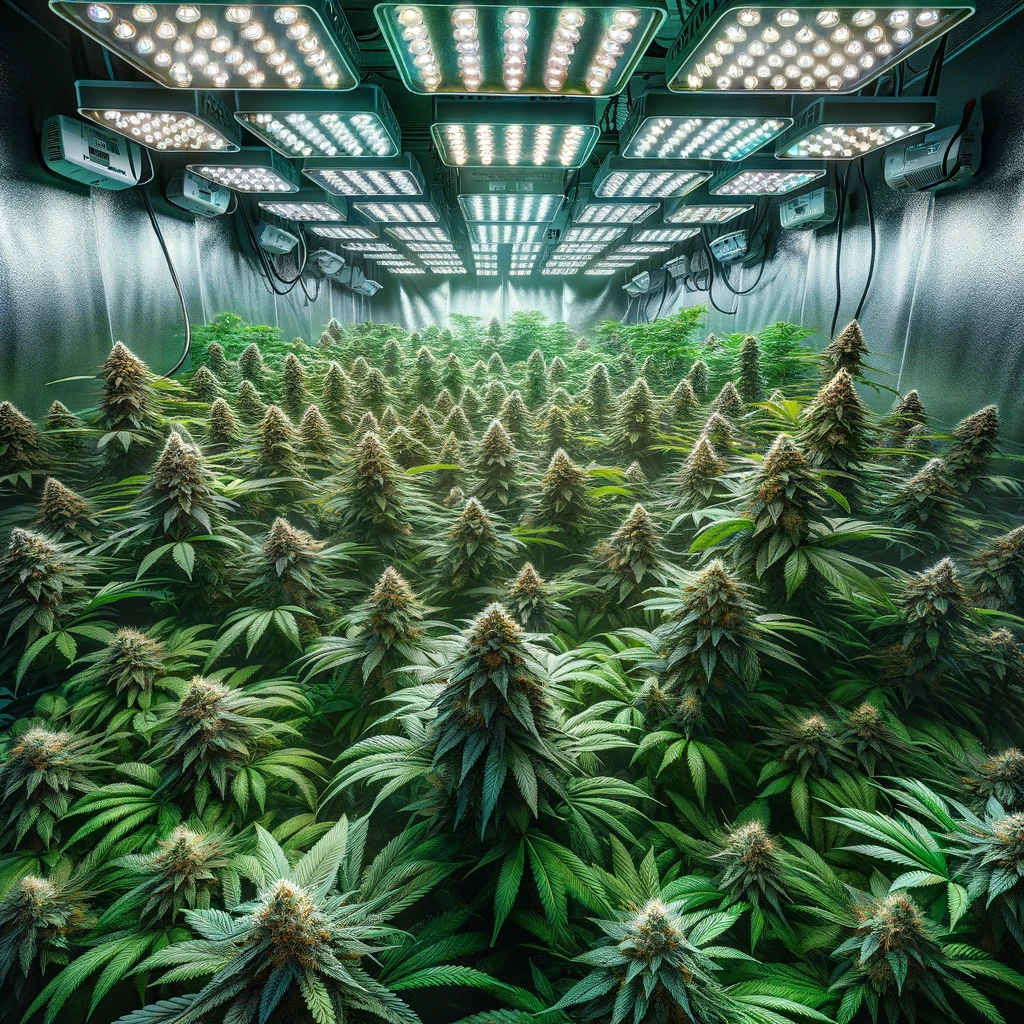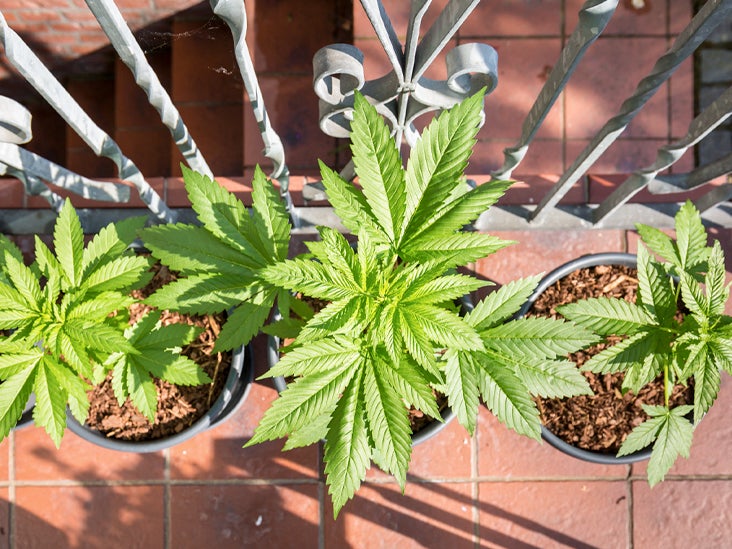The cannabis industry in the U.S. has experienced dramatic price shifts over the past few years, influenced by market saturation, regulatory changes, and shifting consumer demand. Whether you#8217;re a business owner, investor, or everyday consumer, staying informed about pricing trends is crucial. If you#8217;re looking for the most accurate and up-to-date cannabis prices in the U.S., this resource provides real-time data on national and state-specific trends.
The Current State of Cannabis Prices in the U.S.
Over the past year, cannabis prices have fluctuated significantly across different states. Factors such as oversupply in mature markets like California and Oregon have driven prices down, while states with newer legal markets, like Missouri and New York, have seen higher retail costs due to limited supply and high demand.
- Flower Prices: Wholesale cannabis flower prices have dipped in saturated markets, with some growers struggling to maintain profitability. However, premium strains and small-batch craft cannabis continue to command higher prices.
- Concentrates Edibles: Products like vape cartridges, live resin, and edibles are seeing more stable pricing, as they are less impacted by bulk supply fluctuations.
- Medical vs. Recreational Markets: Prices in medical cannabis markets tend to be lower due to reduced taxation and regulatory benefits for patients, while recreational markets face higher excise taxes and retail markups.
Hemp Prices: A Shifting Landscape
The hemp industry has faced its own challenges, particularly with the pricing of CBD and hemp-derived cannabinoids like Delta-8 THC. Since the 2018 Farm Bill legalized hemp cultivation, the industry has dealt with oversupply issues, leading to plummeting wholesale prices for raw hemp biomass and CBD extracts.
- CBD Oil Hemp Extracts: Prices remain low due to an oversaturated market and regulatory uncertainty.
- Delta-8 THC Other Minor Cannabinoids: The regulatory landscape is tightening, with some states banning these products, causing price volatility.
Regional Price Variations
The cost of cannabis and hemp products varies greatly depending on location. States with longer-established markets, such as Colorado and Washington, generally have lower prices due to high competition and established supply chains. Meanwhile, newer legal markets like New York and Florida see higher prices, primarily due to limited licensed dispensaries and regulatory hurdles.
- High-priced states: New York, Illinois, Maryland
- Mid-range states: Michigan, Massachusetts, Arizona
- Low-priced states: Oregon, Colorado, Oklahoma
Where Are Prices Headed in 2025?
Looking ahead, several key factors will influence cannabis pricing:
- Federal Legalization Talks: If cannabis is federally legalized or rescheduled, pricing structures could shift significantly due to interstate commerce.
- Taxation Regulation: Some states are reconsidering cannabis tax structures to combat black market competition, which could stabilize retail prices.
- Market Competition: More dispensaries and cultivation facilities opening in newer markets will likely drive prices down over time.
Final Thoughts
Understanding cannabis and hemp pricing is essential for anyone involved in the industry. Prices will continue to fluctuate based on supply, demand, and regulatory changes. Keeping an eye on real-time data through cannabis prices in the U.S. can help businesses and consumers make informed decisions in this evolving market.



